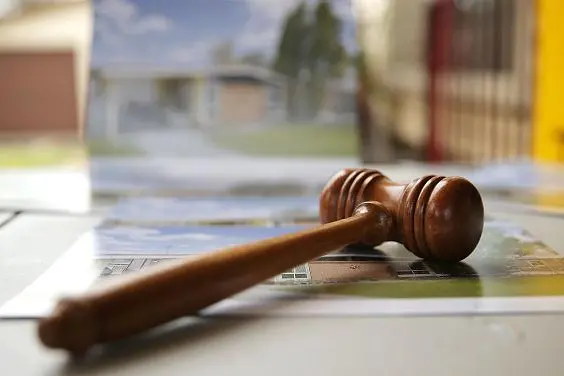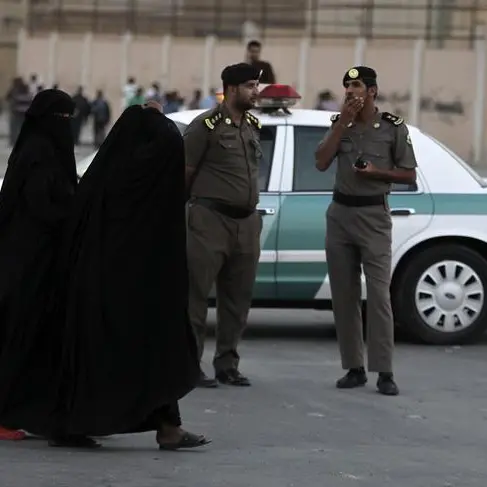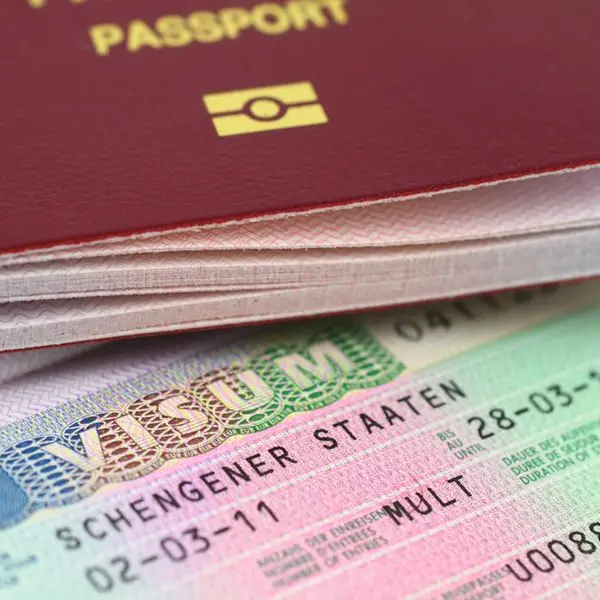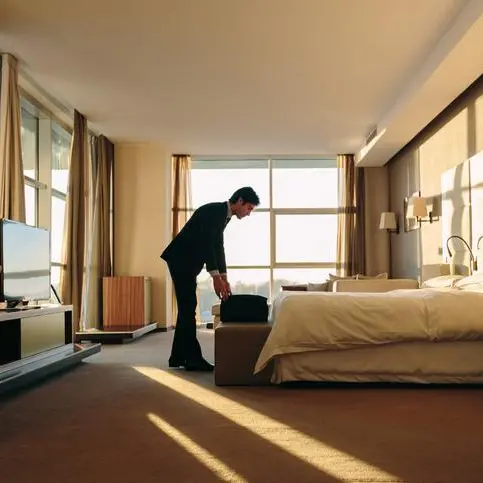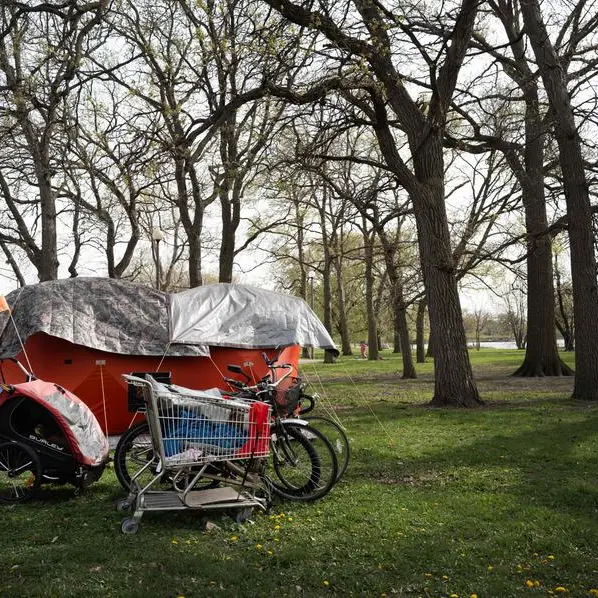PHOTO
When a court issues a ruling against an accused person, it is important that they know the further levels of litigation available to them, including the appeals procedure. An initial finding of guilt is by no means the end of the process; an accused person has opportunities to challenge the verdict, and the court’s interpretation of the evidence, in an effort to prove their innocence.
The litigation journey begins in the courts of first instance, thence to the courts of appeal, and finally the Supreme Court.
Because the cases heard by the courts of first instance vary in their subject matter, the regulator has separated these courts into different types, a process known as “ratione materiae,” or “by nature of the matter” — in other words, jurisdiction according to the subject matter. Among the different types of courts there are public, criminal, personal, labor, and commercial courts.
Contesting a ruling in a Court of First Instance brings us to the next level of litigation, which is appeal; when the case is brought before a higher court for an objective review. To avoid confusion and overburdening in the appellate courts, an appeal is permitted only once.
There are also deadlines for submitting an appeal; it should be filed within 30 days of the original ruling in regular cases, and within 10 days in urgent cases such as company receivership or a personal travel ban.
While the Court of Appeal cannot consider new facts, an accused person may argue that the court of first instance has misinterpreted the original evidence, or misapplied the law.
A common question is whether rulings by the Court of First Instance are automatically transferred to the Court of Appeal without anyone submitting an objection. This is possible in criminal rulings, since the resumption of the case is a general right that no one can waive, whether the public prosecutor or the accused party.
On our judicial journey, we have now reached the third level — the Supreme Court, whose role is to review the rulings of the lower courts for the correct application and interpretation of rules and regulations, and the procedures followed in the trial, without interfering in the facts or the evidence. The Supreme Court also assists the regulator by drawing attention to any shortcomings or deficiencies in laws, to ensure a fair judicial system whose mission is justice and the public interest.
These different levels of litigation, taken together, offer important judicial guarantees of compliance with international standards to ensure the integrity of the judiciary and the rights of individuals.
Dimah Talal Alsharif is a Saudi legal consultant, head of the health law department at the law firm of Majed Garoub and a member of the International Association of Lawyers.
Copyright: Arab News © 2019 All rights reserved. Provided by SyndiGate Media Inc. (Syndigate.info).
